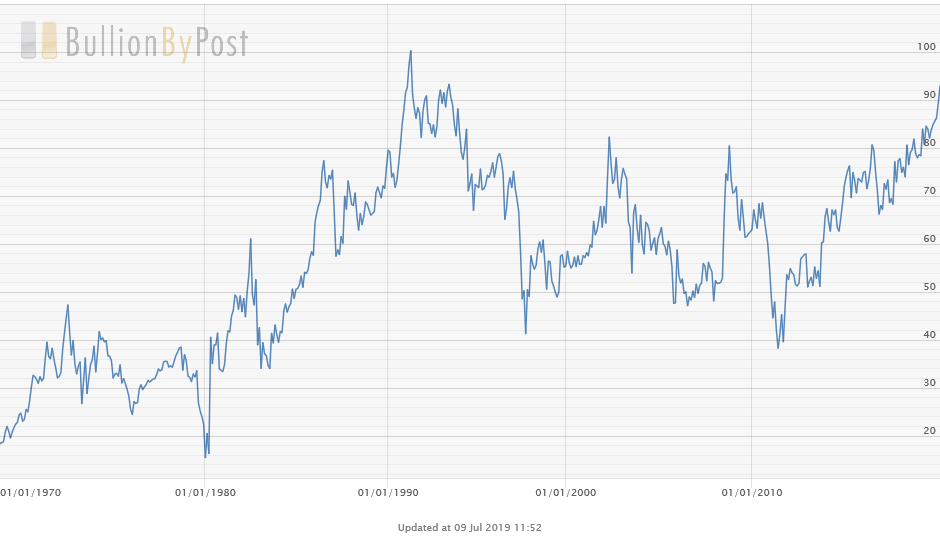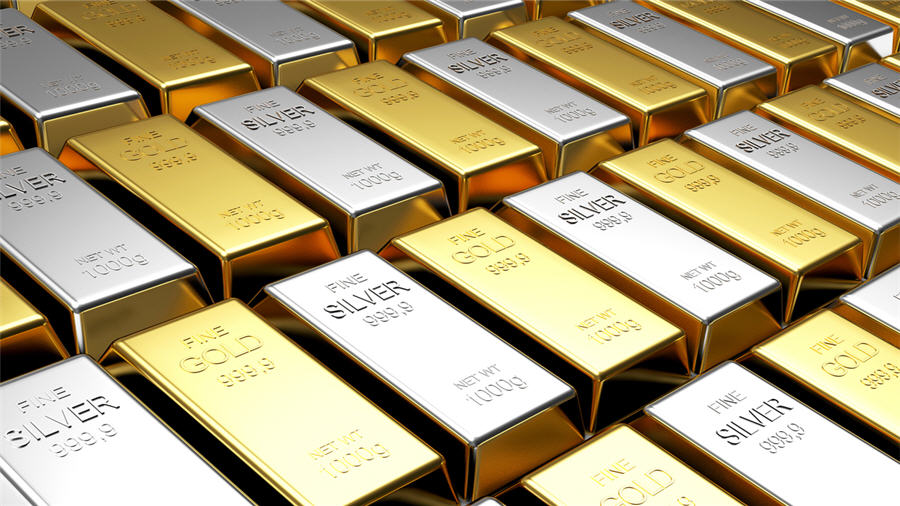
Today, I think there are too many people dabbling in the stock market and investing in highly speculative assets. Despite the cratering in stock prices in 2022 and the very brief crash in 2020, we are still in one of the longest bull markets of all time that began in 2009.
But whether we are in a bull market or not, I am still blown away by the valuations of many stocks and other assets and the sheer amount of dumb money still in the market. Over three years ago, the well known short seller Jim Chanos commented that, ‘We are in the golden age of fraud’. In an interview with the Financial Times from July 2020, Chanos commented on the market environment at the time as; “a really fertile field for people to play fast and loose with the truth, and for corporate wrongdoers to get away with it for a long time”. He further expands on this by getting to the root of how such an environment was created;
‘ a 10-year bull market driven by central bank intervention; a level of retail participation in the markets reminiscent of the end of the dotcom boom; Trumpian “post-truth in politics, where my facts are your fake news”; and Silicon Valley’s “fake it until you make it” culture, which is compounded by Fomo — the fear of missing out. All of this is exacerbated by lax oversight. Financial regulators and law enforcement, he says, “are the financial archaeologists — they will tell you after the company has collapsed what the problem was“. ‘
In this paragraph Chanos nails beautifully the problem not just with the present state of financial markets and the industry as a whole, but with the current zeitgeist. The post truth world of ‘my facts are your fake news’ where real truth and wisdom has been forsaken is a real problem and dangerous. The Silicon Valley “fake it until you make it” culture has been exacerbated by the huge tail wind of a decade plus of zero percent interest rates and mountains of cheap and easy money. Such a background of very loose monetary policy has enabled many startups and companies with shoddy fundamentals that should have gone bust a long time ago to remain a going concern and in some cases even thrive with massively bloated market valuations. During this time wild levels of risk taking and speculation are rampant resulting in highly distorted and inefficient markets. Huge bubbles in highly dubious securities emerge with many dishonest charlatans with large followings on social media pumping these garbage entities to naive and unsuspecting investors. When the bubble eventually bursts it is those same impressionable investors who are left holding the bag. In the worst cases, some bet with money they didn’t have and couldn’t afford to lose. These incidents are especially common in the cryptocurrencies space and also for so called meme stocks – stocks made popular by a large following on social media. Often these stocks have market valuations completely divorced from their true intrinsic value. In some cases these companies should be insolvent, but are kept going by a zealous cult like following of investors happy to pay any price without questioning the fundamentals and integrity of the companies.
Short sellers often get a bad rep. In some cases this is justified. There are indeed short sellers who are nefarious and have a vulture-like mindset. However, there are those like Jim Chanos who play a very crucial role in the markets by searching for companies that are committing fraud and lying to investors. And they are often onto those companies at a very early stage way before the financial regulators get involved. As Chanos comically states, these regulators ‘will tell you after the company has collapsed what the problem was‘.
Chanos is famous for his large bet against Enron. At the time it was a darling stock and very popular with investors, but Chanos after having undertaken a deep fundamental analysis on the stock realised that the company was cooking its books and that at some point this would land the company in serious trouble. Whilst numerous financial commentators would be speaking glowingly and talking up the stock, Chanos, however, knew that something was rotten in the state of Denmark. The financial regulators were asleep at the wheel only acting after the fact.
Today we are still living in the golden age of fraud. Despite the 2022 wobble in equity prices and inflation spikes and rapid increases in interest rates, there are still too many investors playing foolish games who haven’t learnt their lesson. There are still zombie companies and entities trading on eye watering market valuations and worse, companies still trading at huge valuations that are committing fraud and the financial regulators continue to do next to nothing. This is precisely why short sellers like Jim Chanos should not be vilified. In fact, quite the opposite. They should be revered and respected. They search for honesty in the markets, pointing out the bad actors and the companies engaging in crooked behaviour. And I have no problem when they make money. Even when they make a lot of money. It is much easier to go long on a stock than it is to go short. Short selling is a difficult and highly risky venture. Even if you have spotted a company engaging in fraud and other egregious activity, the difficulty is getting the timing right when betting against it. The market valuation of the company may continue to remain irrationally high for a very long time creating huge losses for those that chose to bet against it. Short selling can be a very lonely path and often a financially ruinous one too.
Nicholas Peart
January 3rd 2024
(c)All Rights Reserved
LINKS:
Financial Time article: Jim Chanos: ‘We are in the golden age of fraud’ July 24th 2020 (https://www.ft.com/content/ccb46309-bba4-4fb7-b3fa-ecb17ea0e9cf)
Image: https://pixabay.com/photos/reading-glasses-book-read-4330761/












